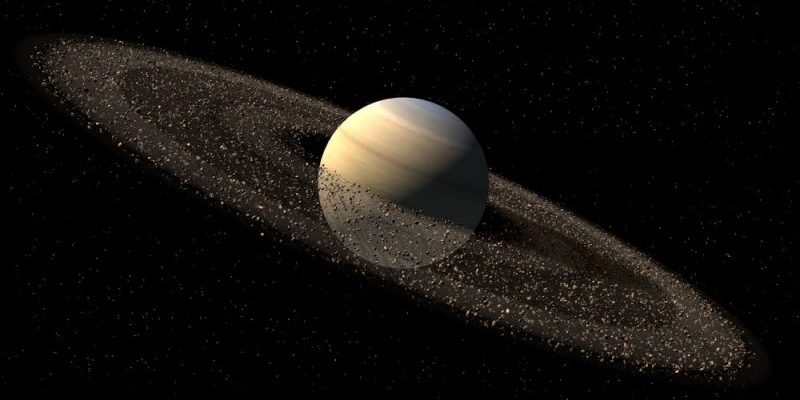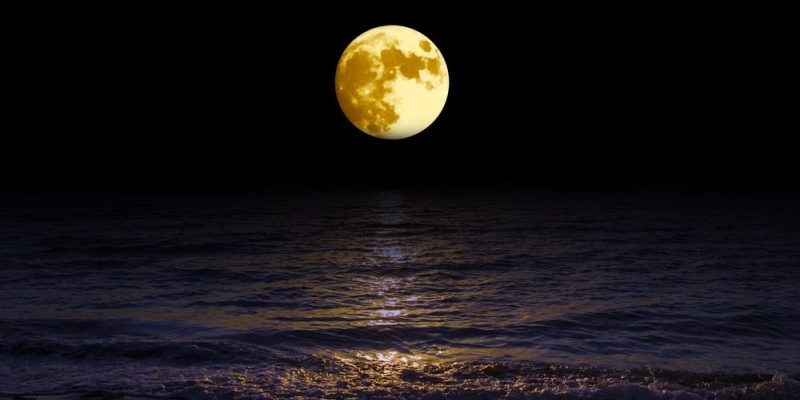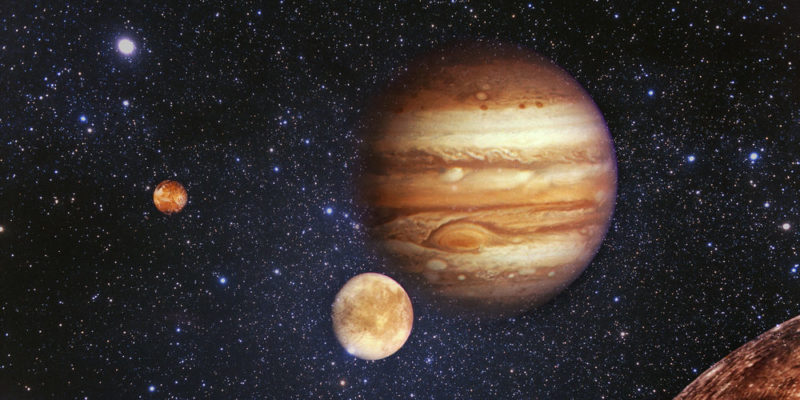We explain what natural satellites are and how they are classified. Also, what are its characteristics and the effects of the Moon?
What are natural satellites?
Natural satellites are celestial bodies that orbit around a planet or another celestial body that is not a star. The first natural satellite known to man is the Moon. The only planets in the Solar System that do not have natural satellites are Mercury and Venus.
Like the planets, the names of the satellites in our system were taken from Greek and Roman mythology. In the case of the satellites of Uranus, the names of their satellites were taken from Shakespearean characters.
Satellites are solid bodies, usually without an atmosphere, of various sizes and densities. In cases where the satellite and the object around which it orbits have similar masses, the primary object is the one that contains the center of mass of both.
They are distinguished from artificial satellites since the latter was created by man.
Breakeven
A satellite enters orbit around a planet when it reaches a distance where two forces balance: centrifugal force (which pushes the satellite away from the center of rotation) and the force of gravity (which binds the planet to the satellite) . For this reason, the satellites do not collapse on the planet or move away from its orbit.
Shepherd satellites

The shepherd satellites are found in the planetary rings. Planetary rings form a layer of dust and other objects that orbits a planet.
In the Solar System, four giant planets ( Jupiter, Saturn, Uranus, and Neptune ) have planetary rings. In these rings, if an object has a mass significantly greater than the others, it attracts them due to its gravity and is called a shepherd satellite. In this way, the shepherd satellites keep the rings in place.
Coorbital satellites
When two satellites rotate in the same orbit they are called coorbitals. For example, the satellites Janus and Epithemus, which orbit Saturn, are coorbital satellites.
The Earth has co-orbiting satellites but they are asteroids that are captured by the Earth’s gravity as it approaches the planet and after a few years they move away again.
Asteroid satellites

When an object revolves around an asteroid it is called an asteroid satellite. If the asteroid has a large satellite, both objects are called binary asteroids.
It has not yet been discovered whether they form from a single asteroid or whether the larger asteroid captures the other in its gravity.
Types of orbits
Depending on their motion and orbit, natural satellites are classified into two types:
- Regular These satellites rotate in the same direction that the planet revolves around the sun , that is, they are in direct orbit around the largest celestial body. Examples of these satellites are the Moon, Ganymede, Europa, Titan, Miranda, and Oberon.
- Irregular Their orbits are elliptical (elongated) and very inclined with respect to the orbit of the planet around the Sun. It is believed that these satellites were asteroids that were captured by the gravitational force of the planet and therefore usually have orbits far from the planet.
Tidal force

The planets have their own gravity. However, satellites effect that force of gravity with their own gravity.
On Earth, we can observe it in the tides, caused by the gravitational acceleration of the Moon. However, in satellites with liquid substances, the planet’s gravity also creates tides on the satellite.
Altitude
The altitude is one of the factors that modify the temperature. The standard variation is that the temperature decreases to 6.5 ° C for every kilometer, that is, one degree every 154 meters.
This is because atmospheric pressure decreases as altitude increases, that is, there is a lower concentration of air particles that retain heat.
However, it is important to note that this change in temperature also depends on other factors such as the sun, wind, and humidity.
Moon

The Moon is the only natural satellite of our planet. Its diameter is 3,474 km (a quarter of the diameter of the Earth ) which makes it the fifth largest satellite in the Solar System.
It always shows the same face to the planet, that is, it has a synchronous relationship. Its orbit is thirty times the diameter of the Earth.
It is believed to have originated from material from Earth when the planet collided with another body the size of Mars. After the impact, the detached material merged into a compact object and was attached to the Earth by its gravitational force.
Enceladus
Enceladus is one of the satellites of Saturn. Although it is the sixth-largest satellite on that planet, with only 500 km in diameter it is one of the most active celestial bodies in the Solar System.
This is due to the more than one hundred geysers that, on their surface, expel water vapor and solid particles that include ice, hydrogen, and sodium chloride.
Due to the low temperatures of the surface, the expelled water falls back to the surface in the form of snow and the rest is dispersed by the planetary ring to which Enceladus belongs. Also, at its south pole is a deep ocean of surface water.
Due to the presence of water and various chemical elements, it is believed that microbes may exist on this satellite. In other words, it is the first celestial body, in addition to Earth, where the necessary conditions for life were found.
Ganymede

It is the largest satellite in the Solar System, with a diameter of 5,262 km. Galileo Galilei and Simon Marius discovered it in 1610 orbiting Jupiter.
It is composed of silicates and water ice, with a molten core with a large proportion of iron. It is believed to have an internal ocean with more water than Earth.
The above content published at Collaborative Research Group is for informational and educational purposes only and has been developed by referring to reliable sources and recommendations from technology experts. We do not have any contact with official entities nor do we intend to replace the information that they emit.














